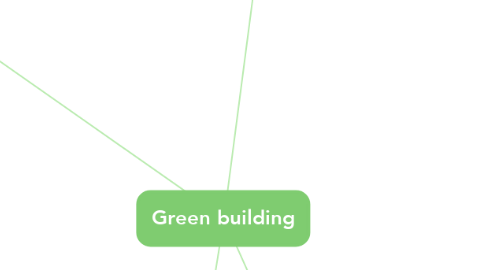
1. Standards
2. Benefits
2.1. Physical, psychological, and social health
2.2. Social benefits
2.2.1. Wellbeing
2.2.2. Longevity
2.2.3. Comfort
2.2.4. Improving employee productivity
2.2.5. Indoor environmental quality enhancement
2.2.6. Creation of jobs
2.2.7. More attractive, greener cities
2.2.8. Higher property values and local distinctiveness
2.2.9. Enhanced tourism and recreation opportunities
2.3. Ecological benefits: Reducing environmental impact
2.3.1. Reducing CO2 emissions
2.3.2. Reducing waste, pollution and environmental degradation
2.3.3. Avoiding urban sprawl
2.3.4. Reducing the local temperature
2.3.5. Retaining excessive rainfall
2.3.6. Offering habitats for urban wildlife
2.3.7. Removal of pollutants from air and water
2.3.8. Pollination enhancement
2.4. Economical benefits
2.4.1. Reducing energy costs
2.4.2. Reducing construction costs
2.5. Climate change adaptation and mitigation benefits
2.5.1. Flood alleviation
2.5.2. Strengthening ecosystems resilience
2.5.3. Carbon storage and sequestration
2.5.4. Mitigation of urban heat island effects
2.5.5. Disaster prevention (e.g. storms, forest fires, landslides)
3. Regulations
3.1. Codes
3.2. Rating systems
3.3. Certification programs
3.3.1. LEED
3.3.1.1. LEED O+M /Operations and Maintenance/: Existing Buildings
3.3.2. BREEAM
3.3.2.1. BREEAM Communities
4. Principles, models, methods
4.1. Green elements
4.1.1. Green materials
4.1.1.1. Artificial materials
4.1.1.1.1. Aero gels
4.1.1.2. Natural materials
4.1.1.2.1. Perlite
4.1.1.2.2. Clay
4.1.1.2.3. Wood
4.1.1.2.4. Pumice
4.1.1.2.5. Gypsums mud-brick
4.1.1.2.6. Cellulose
4.1.1.2.7. Stone
4.1.1.2.8. Hemp
4.1.1.3. Reusable, renewable, recyclable materials
4.1.2. Green roofs
4.1.3. Green facades
4.1.4. Green structure
4.2. Energy, water, materials efficiency
4.2.1. Passive solar building design: Placement, shape and orientation of a building and its components
4.2.1.1. Less exterior walls' surfаce
4.2.1.2. Daylighting
4.2.1.3. Less openings on the north facade
4.2.1.4. Strong Insulation
4.2.1.5. High-performance windows
4.2.2. Active solar building design
4.2.2.1. Solar thermal collectors heating water
4.2.2.2. Solar thermal collectors heating air
4.2.2.3. Solar thermal collectors generating electricity
4.2.3. Other systems
4.2.3.1. Wind energy
4.2.3.2. Geothermal energy
4.2.3.3. Generating on-site renewable energy
4.2.3.4. Seasonal thermal energy storage
4.2.3.5. Absorption refrigerator
4.2.4. Waste management
4.2.4.1. Deconstruction instead of demolition
4.2.4.2. Compost bins
4.2.4.3. Collecting and using rain water
4.2.4.4. Reusing domestic water
4.3. Indoor environmental quality enhancement
4.3.1. Air quality
4.3.2. Thermal quality
4.3.3. Lighting quality
4.3.4. Acoustic quality
